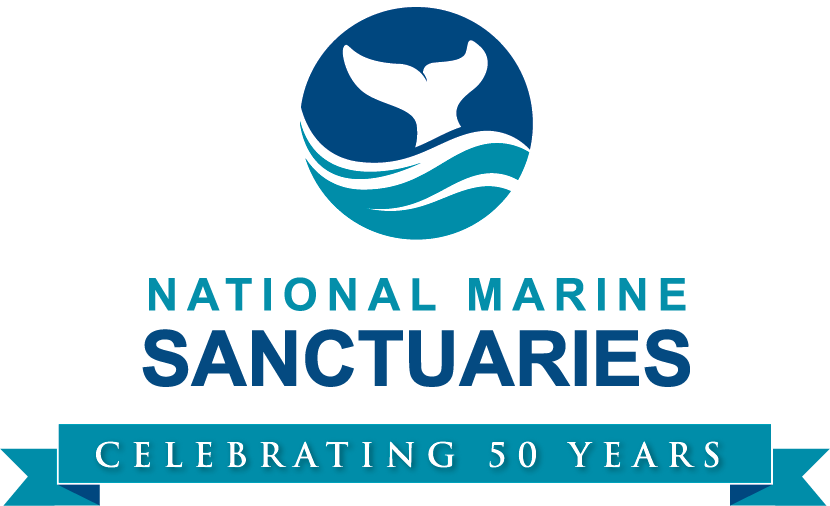
The Changing Nature of Sanctuary
50th Anniversary Sanctuary Signature Articles
By Elizabeth Moore | October 2022
Photo: A sunset over Greater Farallones National Marine Sanctuary is captured from Schooner Gulch State Beach. The beauty of our beaches have provided inspiration to artists and solace to seekers for eons. Image: Matt McIntosh/NOAA.
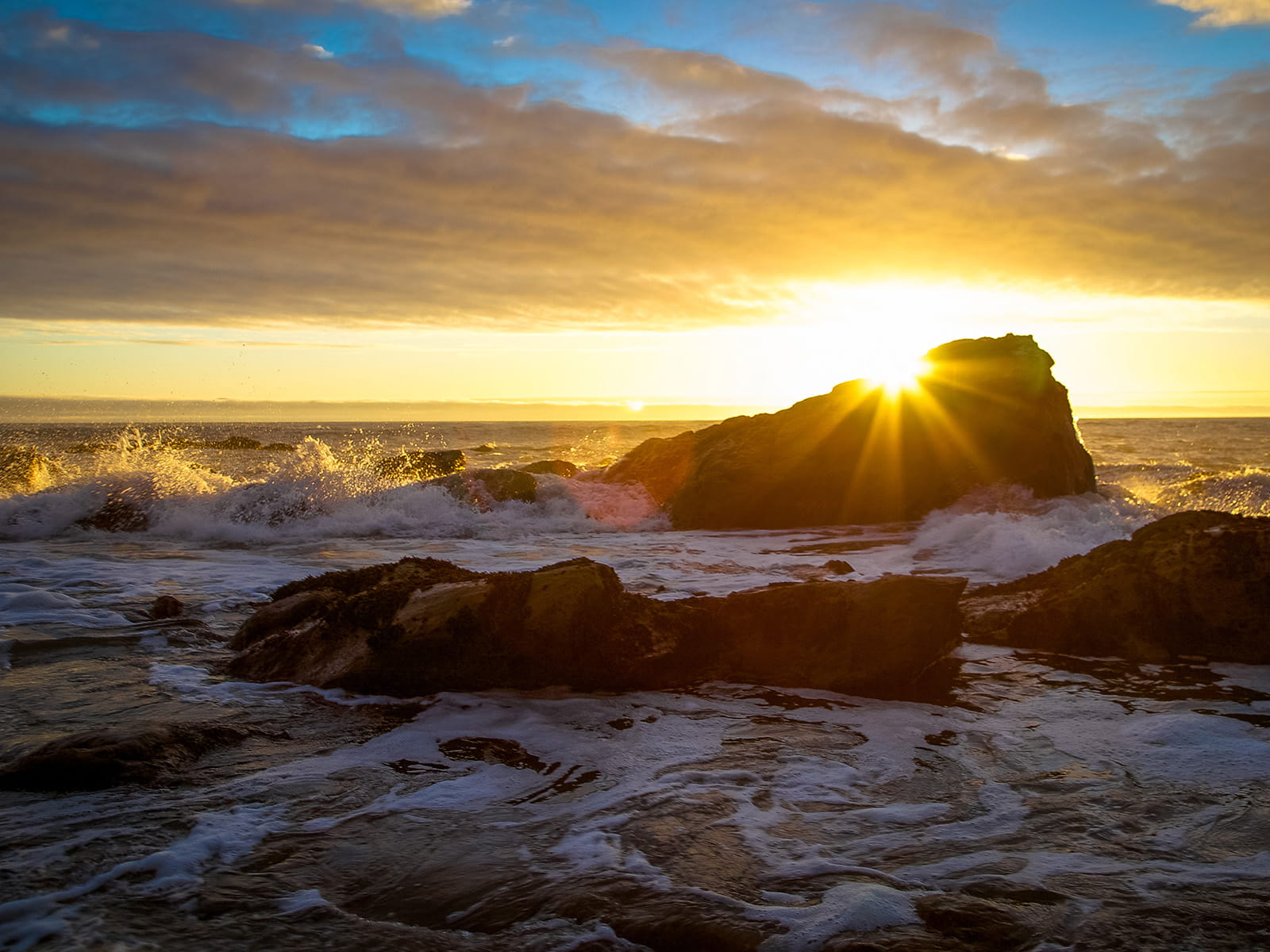
Plain Language?
When you hear the words "national marine sanctuary" what comes to mind? Is it resource protection, untouched and pristine habitats, and a special place set aside for conservation and research? Or do you think of scuba diving, boating, fishing, and surfing? How about all of these things?
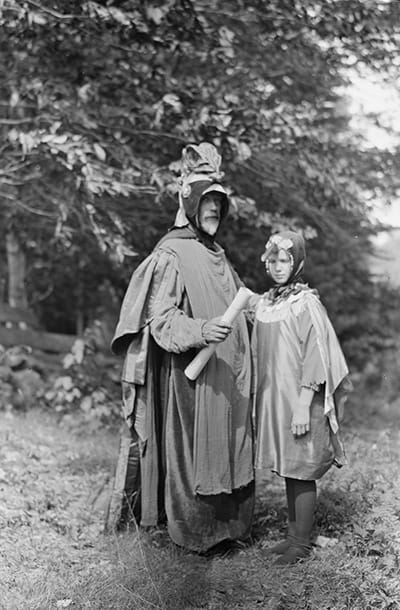
In 2006, Professor Susan E. Farady wrote: "The lengthy legislative history of the [Marine Protection, Research, and] Sanctuaries Act illustrates years of debate over whether the Act's purpose encourages resource protection or multiple use, and the plain language of the statute itself illustrates the tension between these purposes."1 Her words explain a tension that has been embodied in the name "national marine sanctuary" for five decades.
The early legislative history of the Marine Protection, Research, and Sanctuaries Act reads almost as a tennis match, as Title III, the section that created the National Marine Sanctuary Program in 1972, was removed and added several times. There were strong feelings on the part of those in Congress about the need, or lack of, for these underwater parks and about what they should be. But there doesn't seem to have been any disagreements about the name with which they had been dubbed: national marine sanctuary. But that would come soon enough. Let's take a look at the changing nature of the term "sanctuary".
The earliest meaning of "sanctuary", and one it still holds today, was as a holy place, or a place of worship. Coming from Old French "sanctuaire", from Latin "sanctuarium", from "sanctus" or "holy," the first known use of the term was in the 14th century. The Oxford English Dictionary lists one example from about 1340; another early example comes from William Tyndale's "Prologues to the Scriptures" in 1530: "Sanctuary, a place hallowed and dedicate[d] unto God." Equating a holy sanctuary as a place of refuge for those who needed it happened about the same time.
About five hundred years later, the use of "sanctuary" as a place of refuge was expanded to include wildlife. One early example can be found in the 1887 edition of "The Leisure Hour", a popular British magazine printed until 1905: "In view of the wholesale destruction of sea birds, consequent on the rage among ladies for feather ornaments, threatening the complete extinction of some species, Mr. Maynard, a well-known American naturalist, has suggested the establishment of 'bird sanctuaries' along Cape Cod and other coast regions."2 A June 1909 issue of the New York Zoological Society's Bulletin celebrated the creation of such bird refuges: "Around the coast of the United States, there is gradually being extended a chain of insular bird sanctuaries that means much to the avifauna of North America."3 In an address delivered at the National Parks Conference in 1917, one expert stated: "A national monument maintained as a sanctuary for wild life should become practically a natural outdoor laboratory or observatory. It is in reality a property of all the people which can only be administered successfully for the people, when utilized fully and studied carefully by the people themselves."4
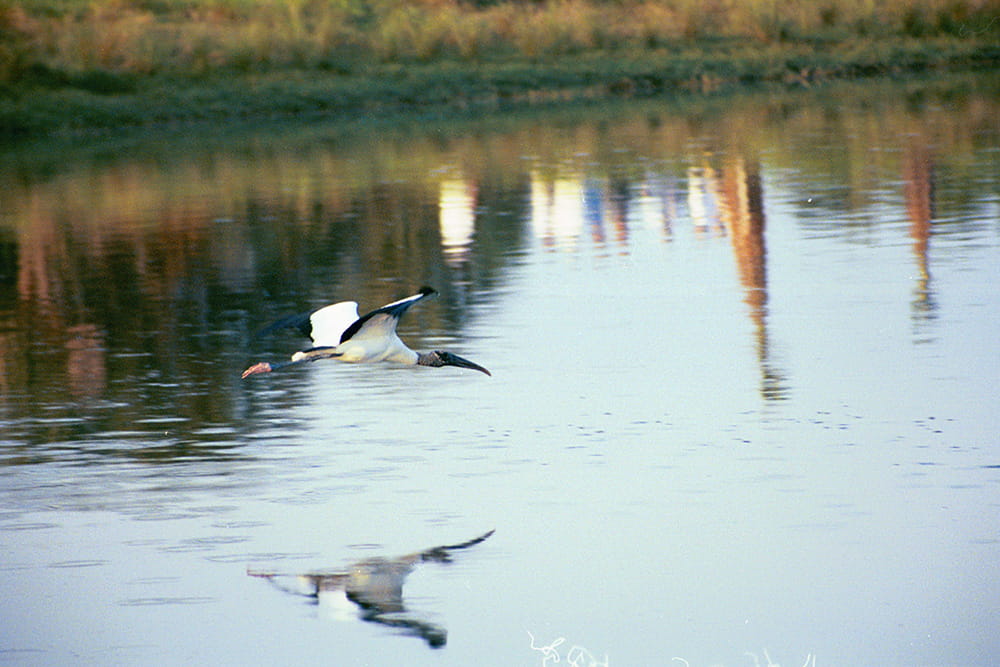
Like Their Counterparts on Land
The first known reference to sanctuary as a kind of underwater park is from 1956, in "The Underwater Guide to Marine Life" by G. Carleton Ray and Elgin Ciampi, when they explain a theoretical type of underwater park: "Sanctuary. Common and rare species would be protected from extinction."5 Others quickly and readily took it up. In 1958 a National Park Service aquatic biologist advocated for creating research zones in parks that he called "marine area sanctuaries."
In 1969, the Stratton Commission's Panel on Management and Development of the Coastal Zone recommended to the commission that: "Marine sanctuaries or preserves should be established to protect and manage endangered areas identified by National and State surveys and for ecological baseline studies." Echoing the panel's sentiments in 1970, a professor from Johns Hopkins University wrote in an article in "Biological Conservation": "[Conservation practices] includes cessation of existing destructive purposes, the assessment of marine environments relative to the carrying capacity of Earth for Man, and the creation of marine parks, sanctuaries, and control areas for research." A researcher on the staff of the Bishop Museum notes in 1971: "Marine sanctuaries are of particular value for research because they enable scientists to carry out ecological and other studies where man's disturbance of the environment and indigenous life is minimized or prevented."
The term "sanctuary" being associated with the idea of underwater parks was thus present in the literature when the first early bills concerning underwater parks were being created and was used consistently in the early 1970s among the various bills for a sanctuary program. But here was also the first indication of the ambivalence felt by some congressional members and staff about the name even then. Representative Hastings Keith of Massachusetts said during debates about the bills: "I must admit that the word 'sanctuaries' carries a misleading connotation. It implies a restriction and a permanency not provided in the title itself."
Consternation about the name "national marine sanctuary" was apparent immediately outside of Congress too. In his remarks at the 1972 annual meeting of the American Bar Association Section of Natural Resources Law Program, a lawyer for an oil and gas company stated: "What is a marine sanctuary? It sounds like motherhood. Who could be opposed to a sanctuary?" At a 1973 workshop conducted by the Virginia Institute of Marine Science on behalf of NOAA, one participant remarked: "One of the real problems is: What is a sanctuary? I went to five dictionaries trying to get a good definition of a sanctuary. Most definitions related to various religious areas, churches, naves, sacred groves, etc., and there was only one definition, a bird refuge, that was relevant to this workshop." In 1975, one of the first employees of the sanctuary program felt compelled to clarify the term: "Before we proceed further perhaps we can clarify a concern over the words 'marine sanctuary,' which have a pristine, hands-off connotation." Senator Fritz Hollings of South Carolina expressed a contrary opinion at a hearing for the 1978 reauthorization of the legislation that created the sanctuary system: "We used the word 'sanctuary' and we did not intend it to mean multiple use, or oil and gas development. If we weren't going to protect the environment and its distinctive nature, there wasn't any need to have the sanctuaries."
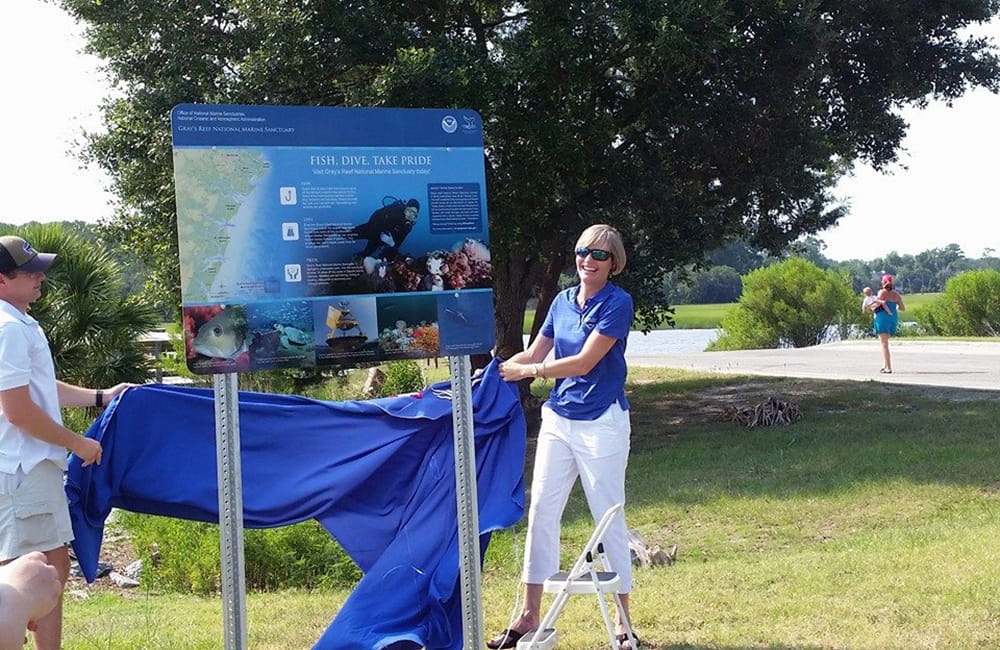
Invokes Something More Powerful
During the next several decades, a variety of marine policy experts and scientists weighed in on the virtue of the term "sanctuary". In 1991, a review by a marine management expert endorsed getting rid of the term as a priority, stating: "[R]ename the program by omitting the vague and confusing 'sanctuary' title."6 But that recommendation was countered in 1993 by another expert review when a panel of experts recommended keeping it: "There has been considerable discussion about the value of changing the name of the program. The panel concludes that the program's name should not be changed without a clear and compelling need to do so."7 An article in a legal journal in 2002 makes the case that the word sanctuary is more inspiring than other terms for underwater parks: "...a designation term—sanctuary—that invokes something more powerful, more dignified, and more important than "marine park" or "marine protected area." A 2006 marine policy article makes the opposite case: "An initial examination of the Marine Protection, Research and Sanctuaries Act is necessary in order to understand why 'sanctuary' in name does not always mean 'sanctuary' in application."
Even the same expert group can change its mind. In its 2000 assessment of the sanctuary system, the National Academy of Public Administration (NAPA) advised: "...use the mystique that comes with the designation 'sanctuary' to educate the public, shape agency policies, and mobilize resources to address problems that affect conditions within the sanctuary." In 2021, NAPA found the term more problematic: "...the word "sanctuary" has a variety of connotations that can create an inaccurate perception of the System and its purpose."
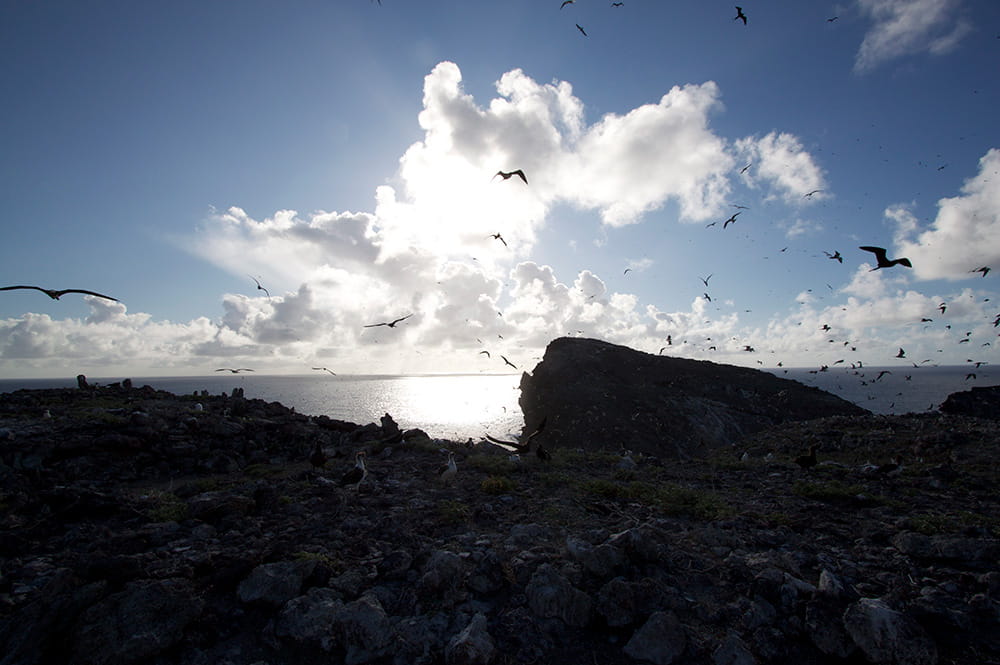
A Sanctuary By Any Other Name
The disagreement over the use of the term sanctuary comes in the larger context of ongoing discussion around the world about what to call a park that just happens to be underwater. This was foreshadowed by an article written in 1971 by Orthello L. Wallis, at the time the chief of aquatic science for the National Park Service, in which he warned: "Many names have been applied to underwater protected areas. This has led to confusion for a name may be used interchangeably to identify a number of types of areas that may be managed for entirely different purposes. There is a need for the development of standard nomenclature; a name should relate to the purposes for which the area was set aside and consequently to the uses deemed appropriate."
"Marine protected area", or MPA, has been the preferred generic term for an underwater park for many but others object to it, considering the term too bureaucratic for the general public. "Ocean park" is another term used, but that leaves out the Great Lakes. "Underwater park" hasn't seemed to gain much traction either. To make things even more complicated, there are a variety of terms for a marine protected area that prohibits or restricts fishing and other harvesting practices inside its boundaries, some using "no-take area" or "marine reserve" for those types of MPAs. In 2017, a retired National Park Service biologist figuratively threw his hands in the air in frustration over the whole naming issue: "Today, ocean parks also labor under a tyranny of diluted words and euphemisms. Special places labeled 'national parks', 'sanctuaries', and 'refuges' too often do not afford actual protection, sanctuary, or refuge for wild life in the ocean."
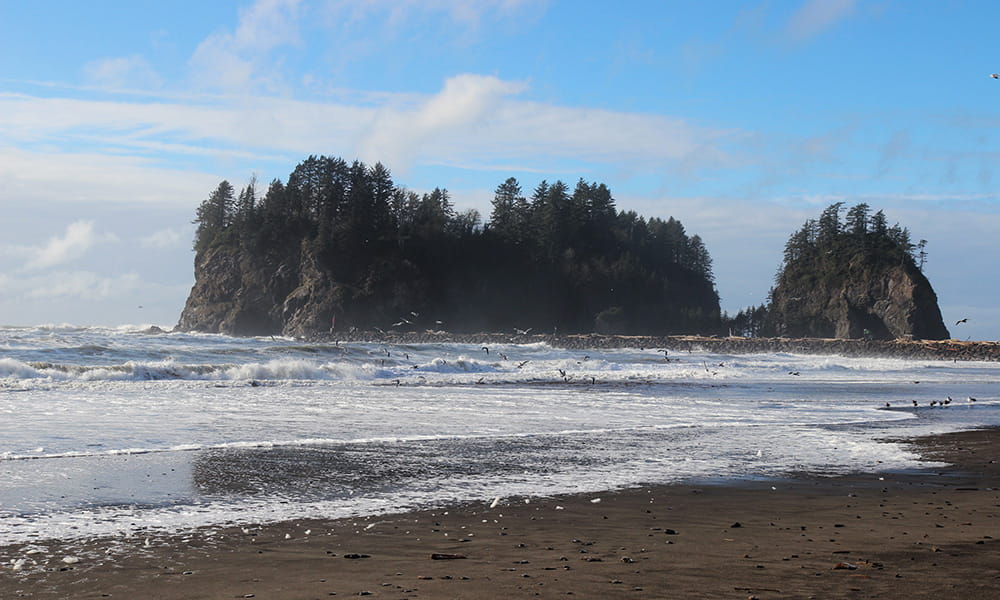
The National Marine Protected Area Center, created in 2000 as a partnership between the departments of Interior and Commerce to help coordinate among the federal, tribal, state, and local agencies responsible for MPAs in the nation, helps bring some order to the discussion: "marine protected area" is a broad term for a place in our ocean, estuaries, or Great Lakes where human activities are managed to protect important natural or cultural resources. Familiar examples of MPAs in U.S. waters include national marine sanctuaries, marine national monuments, national estuarine research reserves, and state and territorial counterparts to these programs. As an analogy, think of the word "park" in its generic sense as a clearly defined geographical space created and managed to conserve nature, provide recreation, and/or related purposes. And then think of the different kinds of parks on land the federal government manages for the American people which include national parks, national wildlife refuges, national monuments, and national recreation areas. It's the same situation for parks under the water.
But that still leaves the love-hate relationship that different people have had with the word "sanctuary". To bring our discussion full circle to a close, in 2018, a national public opinion research firm conducted a survey to find out what people thought about marine protected areas. Most participants didn't know what MPAs are, how they are created, or how they protect the ocean. But in queries about the various names of underwater parks, there was one that resonated much more with the survey participants than any other. The winner? Yup, you guessed it: sanctuary!
References
1 Farady, S. E. (2006). "Compatible Use" Within National Marine Sanctuaries: Determining Meaningful Implementation. Ocean and Coastal Law Journal, 1-13.
2 The Leisure Hour, 1887, London.
3 Zoological Society Bulletin No. 34 by William Hornaday, New York Zoological Society, June 1909.
4 National Monuments as Wild-Life Sanctuaries by T.S. Palmer, address delivered at the National Parks Conference, January, 1917.
5 The Underwater Guide to Marine Life by Carleton Ray and Elgin Ciampi, A.S. Barnes and Company, New York, 1956.
6 A Future for National Marine Sanctuaries by G.C. Ray and M.G. McCormick-Ray, 1991.
7 National Marine Sanctuaries: Challenge and Opportunity edited by Frank Potter, Center for Marine Conservation, Washington, DC, 1993.
1 The Journal of Henry D. Thoreau edited by Bradford Torrey and Francis H. Allen, Houghton Mifflin Company, Boston, 1906.

